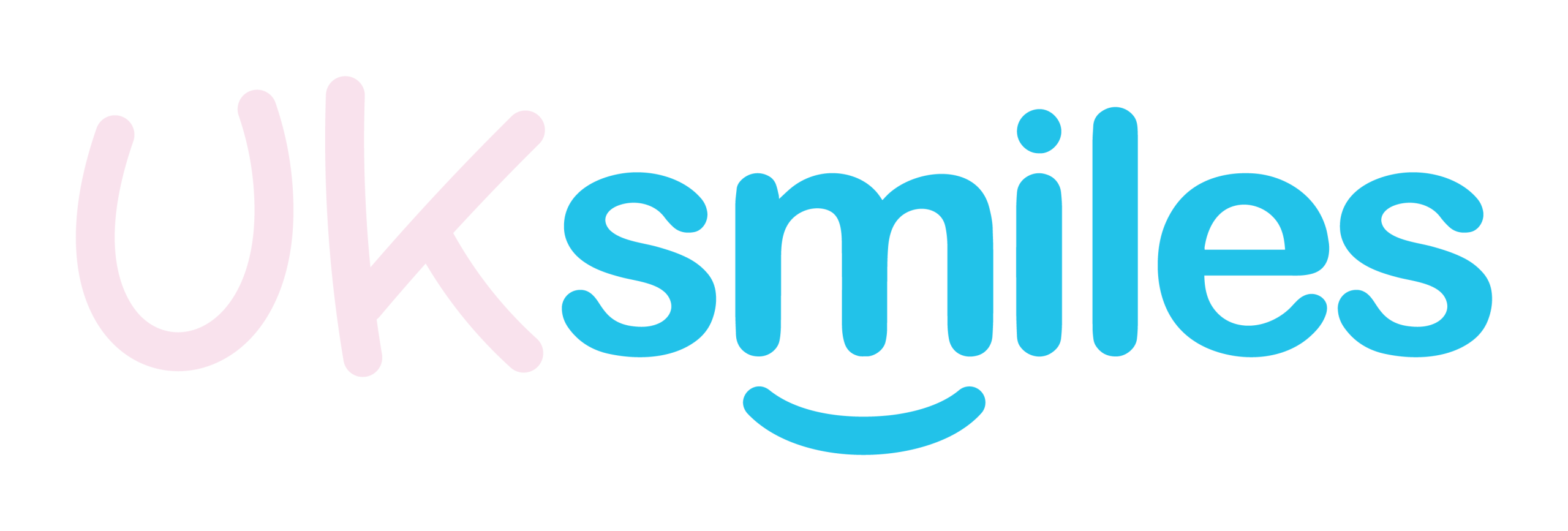For many men, growing a beard can be a frustrating experience. Whether it’s genetics or patchy growth, achieving the desired look can be difficult. But, just as hair transplantation can help address a receding hairline, beard implants can help you achieve the beard of your dreams. In this guide, we’ll take a closer look at what beard implants are, the different surgical options available, and what you can expect from the recovery process.
What are Beard Implants?
Beard implants are a surgical procedure where hair follicles are extracted from one area of the body and transplanted to the face to promote beard growth. The procedure involves harvesting between 2,000 and 5,000 hair follicle grafts from the back of the head, near the level of the ears, and implanting them on the face.
Two main surgical options are available: Follicular Unit Extraction (FUE) and Follicular Unit Transplantation (FUT). FUE involves extracting individual follicular units from the donor region, while FUT involves cutting a strip of tissue from the back of the head and removing the hair follicles from it. Both methods result in the implantation of follicular units, which are tiny collections of hair follicles that exit the skin through the same point.
The Procedure
The beard implant procedure begins with the harvesting of hair follicles. Regardless of whether you choose FUE or FUT, your surgeon will shave the donor region to make the hair follicles more visible. You’ll then be given a local anaesthetic to ensure that you don’t feel any discomfort during the harvesting or implantation process.
Once the follicles have been harvested, the surgeon will administer a local anaesthetic to the implantation site and begin transplanting the follicles into the face. The implantation process is performed according to the desired shape and density agreed upon between you and the surgeon prior to the surgery.
Recovery and Aftercare
After the beard implant procedure, you’ll need to take one day of rest for recovery. Tiny crusts may form around the newly implanted hair follicles, but they’ll naturally fall off within a few days. After around a week to ten days, you’ll be able to resume normal shaving and beard trimming. However, it’s important to note that your new beard hairs may fall out after two to three weeks, which is normal, and new hair will grow in to replace them.
In conclusion, beard implants can be a great solution for men who struggle with patchy or thin beard growth. If you’re considering a beard implant, it’s important to research and find a skilled practitioner to ensure the best possible outcome. With the right care and attention, you could be on your way to a lifetime beard!
How is a beard transplant performed?
While you may be familiar with hair transplants, a beard transplant is another common surgery that may significantly thicken facial hair.
A beard transplant is a relatively simple operation with little downtime.
The method entails extracting small individual hair follicles from the scalp’s back (where the hair is thickest).
Who is a good candidate for a beard transplant?
Due to the fact that hair follicles are taken from the back of the head, it is critical that this area has healthy hair follicles.
This is one of the last parts of the head to become bald, so even if you’re losing hair on top, you’re likely to still have good growth on the back of your head.
Your transplant surgeon will inspect your scalp to ascertain whether there are sufficient follicular units for transplantation.
If your doctor determines that there are insufficient hair follicles to harvest, he or she may prescribe alternate therapies.
How can you determine the effectiveness of a beard implant?
Regardless of the method used, the transplanted hair follicles should be established and developing within three to four months.
If, after 8 or 9 months, you have a full, healthy beard that you may treat as if it had always been there, the beard implant was effective.
While both FUE and FUT procedures can result in natural-looking beards, FUT beards are often fuller.
This is because when a strip of skin is removed, more follicles are often extracted. Therefore, if your objective is to get a fuller-looking beard, consider FUT.
Beard transplant failure is uncommon and is typically the consequence of poor donor area harvesting. This is why it is critical and worthwhile to pay a premium for an expert hair restoration surgeon.
Are there any precautions or side effects that should be considered?
Following surgery, both the removed scalp area and the transplanted face area will require particular care. Both locations should be maintained spotless.
Instructions for use at home
Your doctor will provide you with instructions for at-home care. These treatments may involve the application of antibiotic ointment to the scalp and face.
Several activities to avoid for at least the first few days include the following:
- Swimming in bright sunshine
- Smoking in a sauna or hot tub
- Severe physical activity, particularly anything that results in a sweat
- Touching, rubbing, or scratching the harvested or implanted regions
It may be recommended that you refrain from washing your face for a few days or at the very least avoid scrubbing. Your skin will feel sensitive and irritating, but let it alone to avoid inflammation and infection.
Possible side effects
Additionally, the following adverse effects may occur on your face and scalp:
- Swelling\sredness
- Tightness\snumbness</
